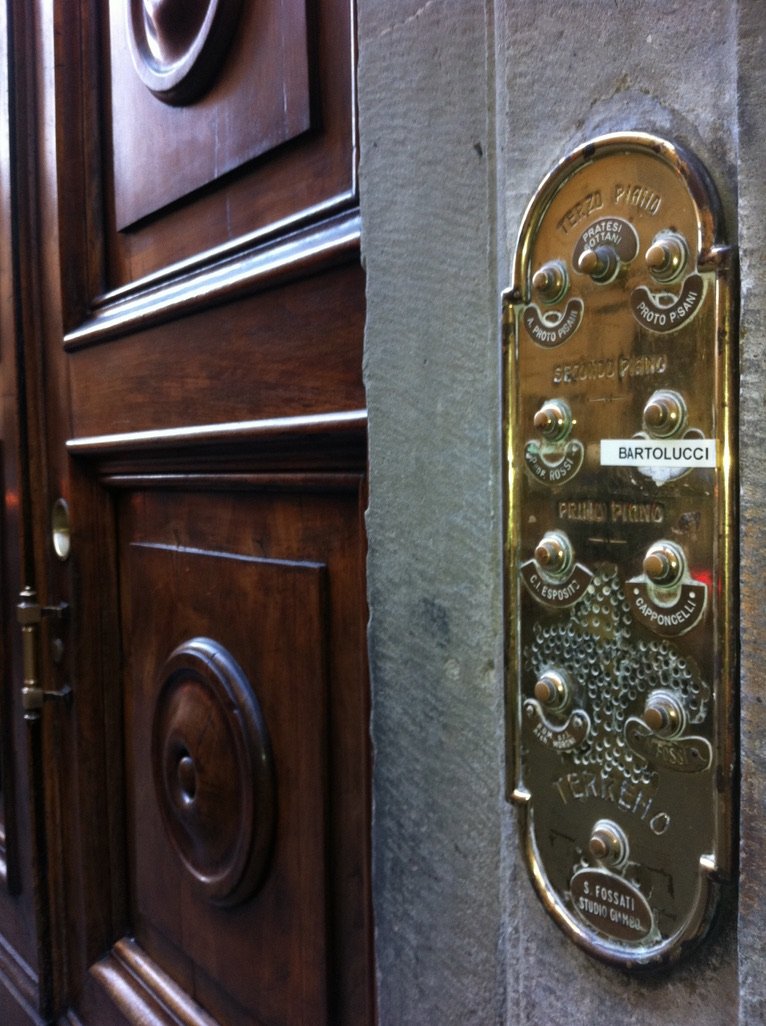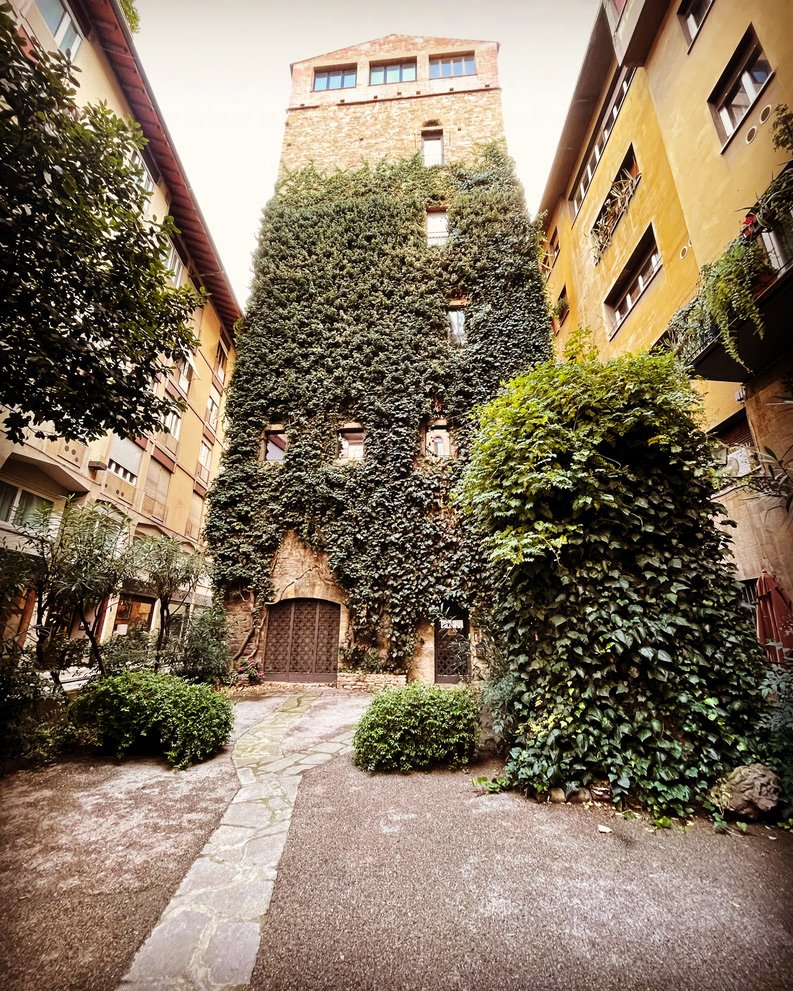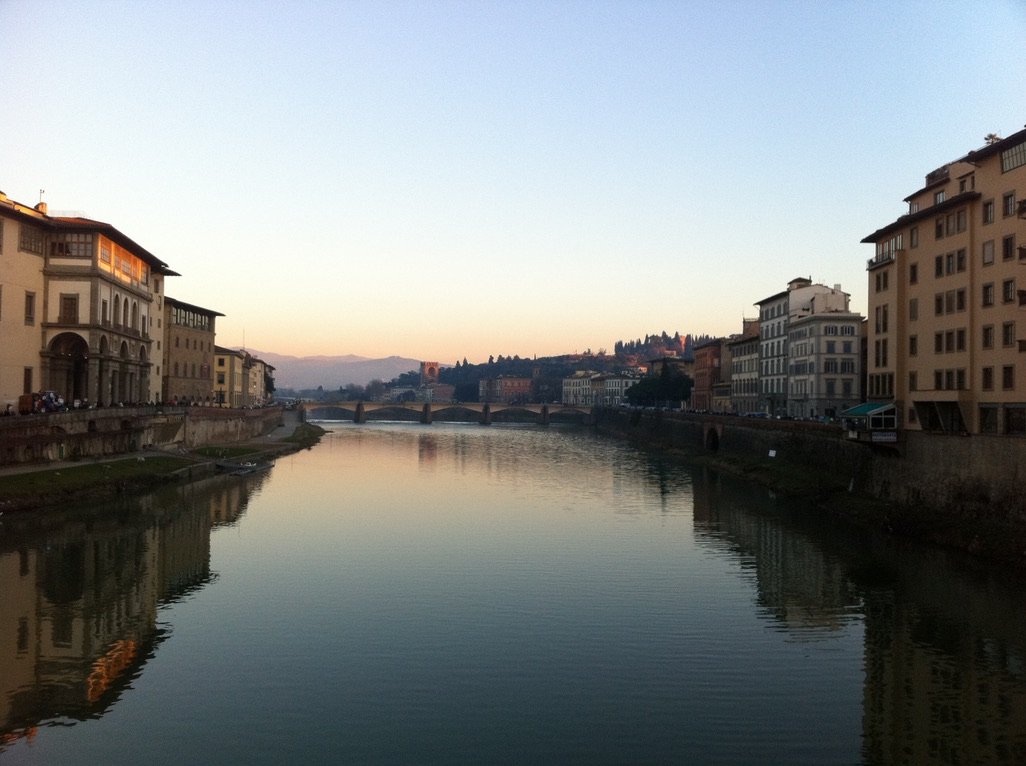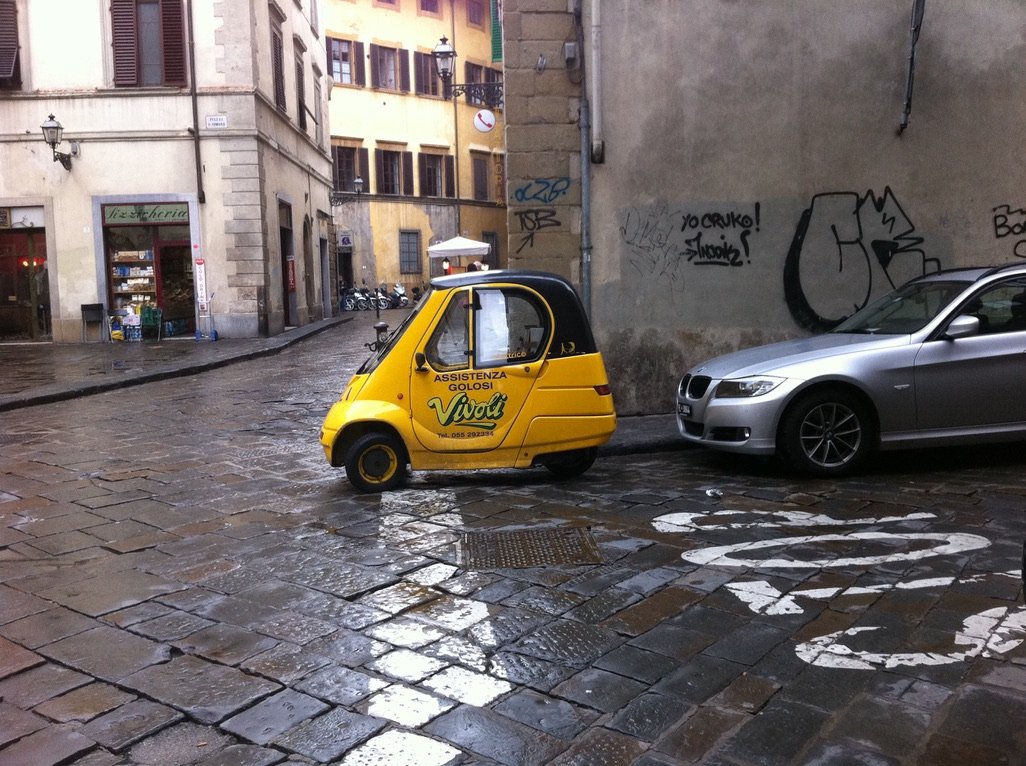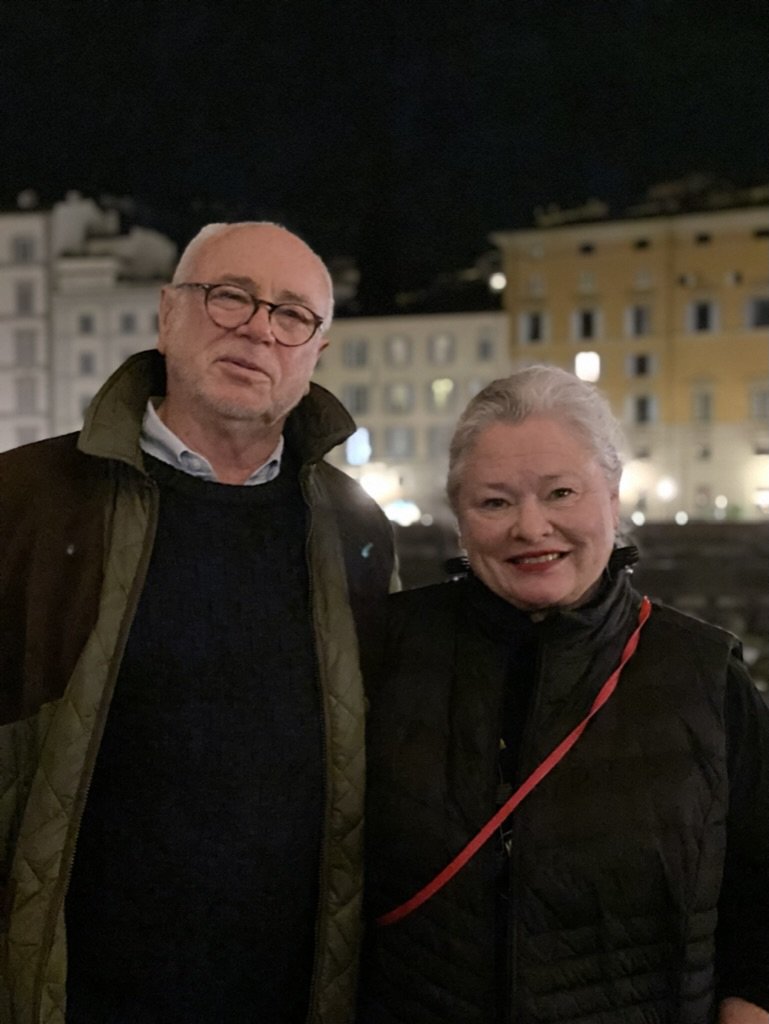Renaissance Redux.
The Duomo from the Uffizi Terrace
Here we are again. Same view, same wild boar, same bliss.
Davis and I have spent part of the winter in Florence, Italy, for going on fifteen years. (except, of course, for the masked years.) Why the same place with so many other global glories to visit? I dunno, we’re stubborn, set in our ways, unimaginative or maybe, just maybe, in love…. Thoughts and ideas follow should you choose to visit this marvelous, intoxicating place. Read on…
About Florence:
Florence, the capital of Tuscany, is located south of Milan, east of Pisa, and west of Bologna in Italy, not far from the coast and on the banks of the Arno River. Famed home of the Renaissance, Florence today remains a remarkably well-preserved living museum of art, architecture, music, craft, and sport. During the warmer months, however, it becomes a crowded, humid, bug-infested aggravation from which one should flee. (Just sayin’.)
Many processions. So much pomp. So many circumstances. Nothing the Florentines like better than a reason to get dressed up.
Getting Here:
We typically travel to Florence from Boston on Delta. Direct flights to the city from Boston are not a thing, so choosing Delta/Air France allows for a neat connection, usually through either Charles DeGaul (Paris) or Schipol (Amsterdam), with no need to pick up and recheck luggage. (Certain airports in Europe, most particularly Heathrow, are not part of the so-called Schengen Area, within which borders are relatively transparent until the final destination.
The lion of Florence, and friend.
While customs clearance is required once one enters Europe, bags stay checked. The Florence airport has undergone significant upgrades over the past years, and I think it even has radar these days. That said, the weather (e.g., fog, rain, and the occasional snow) seems frequently to affect flights coming to Amerigo Vespuci, the local airport that’s just a few minutes from downtown.
Reasonably close alternative airports include Rome (a direct flight from Boston,) Pisa, or Bologna. The advantages? Occasionally, lower prices, larger and more reliable infrastructure, and an opportunity to visit a different city before joining the Renaissance. Disadvantages? Time and aggravation getting from there to here.
One can fly from Rome on a commuter jet or take the train. Pisa has a close and convenient train that whisks one directly from the airport to the Santa Maria Novella train station in Florence. As for Bologna, I don’t know because I’ve never done it.
If your flight lands in Florence (our preference, weather notwithstanding), getting into town is easy. Either take the tram from the airport to the city center or do as we do and take a damned cab. There is a convenient stand to the right as you exit the airport. It’s not cheap, but at our age and general proclivity, hauling baggage all over creation is less desirable than it might have been. (More on Florence's inner city transport later.)
Staying Here:
Right after the rain in Piazza Santa Croce.
We booked a pleasant apartment at Palazzo Antellesi in Piazza Santa Croce for years. With a commanding view of the square and the famous Franciscan Basilica containing tombs of the “Italian Glories” from Galileo and Michelangelo to Machiavelli, we loved our balcony view of Florence’s ancient football games, processions, demonstrations, and street fairs. That is, until we didn’t.
As much as adjacency to a popular public gathering place can be charming, it is also noisy, especially at night when the city’s enormous student population hangs out singing, screeching, and generally engaging in intoxicated youthful merriment.
The ancient and beautiful Piazza Santa Croce. Our flats (Mimi or Miravista) can be seen on the top level, both with glorious terraces.
Recently, we’ve moved to Brooklyn (Oltrarno, that is, a rather bohemian neighborhood located across the river from the Centro Storico,) renting a wonderful VRBO apartment high atop a 12th-century tower on the lovely Borgo San Jacopo. While the space is, err, a little tight (especially in the kitchen, which was laid out, apparently with a micrometer,) the views from every window (and our 6th-floor terrace) reveal landmarks from the Duomo and Campanile, Palazzo Vecchio, Santa Croce’s bell tower, San Minitao al Monte, the Pitti Palace, Santo Spirito etc., etc.) A most comprehensive vista.
The Torre Belfredelli, located at the corner of Borgo san Jacopo and the aptly named Via dé Belfedelli dates from the 12th Century and miraculously escaped WWW II bombs that leveled much of the neighborhood while sparing the nearby Ponte Vecchio.
If your visit to Florence is but a few days (alas) a hotel is probably a better choice. There are many to select from, of course, and depending on your pocketbook, there’s one you’ll doubtless love. No matter whether you choose the elegant Savoy in Palazzo de la Repubblica or the charming Bernini just off the Piazza de la Signoria, the one thing to remember is to stay close to the city center. Many “big brand” hotels are in Florence, but few are within a stone’s throw of what you want to see and be. Avoid the Westin and Four Seasons. They’re lovely, but too far from fun.
What to Do:
Oh my. SO many options. So little time. It has taken us literally years to see what we have seen and we’ve only but scratched the surface. If you’re here for three or four days, what follows is a list of things you ought to do. But first, a few hints.
Inside the Uffizi courtyard by night.
Book a guide, especially if you’re visiting during the dreaded tourist season and especially if you’re planning to visit the Uffizi, Pallazo Vecchio, Academia, or Medici Chapels. A guide, like the splendid art historian and fun girl Alexandra Lawrence, will greatly enhance a visit to any of the most famous sites, first, because you will cut the often incredible line and second, because you’ll get a real perspective on what you’re seeing.
Book entry tickets in advance if you’re dedicated to going it alone. You’ll be in a shorter line and can see more with less frustration by planning ahead.
Take cabs or public transportation between attractions. (There is no UBER or Lyft in Florence.) You’ll be on your feet a lot, and saving steps for the good stuff will preserve your stamina. I hear there is public transport in Florence, but I confess I’m not much of a bus kinda girl. Instead, I use cabs a lot. They’re not cheap, but they sure allow me (queen of the evil knees) to see more with less pain and fatigue. Plus, I’m spoiled. Owning it.
Cabs in Florence are safe, clean, professional, and dependable (unless there’s a strike, but well, Italy.) Unlike other major cities, however, cabs are either called or accessed at designated cab stands. There is no drive-by hailing on the street. One can either call a cab (the dispatchers speak English) or do what seems to be the current method: use a booking app. My favorite is AppTaxiFlorence, which you might want to download and set up before you leave home. This app is great AS LONG AS YOU HAVE WIFI OR CELL PHONE DATA SERVICE! You can book, enter favorite destinations, and even pay in the app.
You can also pick up a cab at one of many convenient taxi stands throughout the city. Here’s a map. Make sure to choose the first cab in the queue.
THE LIST:The Duomo and its museum, baptistry and bell tower (The famous Giotto/Brunelleschi architectural masterpiece and central feature of Florence)
Palazzo Vecchio and Piazza de la Signoria (And Rivoire for hot chocolate or a Negroni.) The historic center of the Florentine government is connected to the former Medici Pitti Palace by the Vasari Corridor.
The Uffizi (One of if not THE greatest museum in the world. Home of countless masterpieces, including those by Botticelli, Leonardo, and Michaelangelo)
The Academia (Home of Michaelangelo’s David.)
Cappelle Medici (fabulous architecture and Michaelangelo sculpture.)
Mercato Centrale and San Lorenzo Market (foodie paradise inside and shopping outside.)
The Arno and Ponte Vecchio (tourist central but amusing and scenic.)
Piazza Santa Croce whose Church is a hugely significant site of countless tombs, chapels, and remarkable architecture. Take the audio tour… it’s worth it. Don’t miss the Leather School. BEST PLACE TO BUY LEATHER GOODS IN FLORENCE.
Piazza de la Reppublica, carousel, Caffe Gilli (People-watching ground zero.)
Officina Profumo Farmaceutica di Santa Maria Novella (High church of perfume, lotions, potions, remedies, and world-famous pain-killing Arnica Cream.)
Pitti Palace and Boboli Gardens (A home of the Medici and, yes, Kim Kardashian and old what’s-name got married there. But don’t let that stop you.)
San Miniato al Monte (On a hill above the city, this spot offers incredible panoramic views)
Mercato del Porcellino (Wonderful outdoor market. Best place to buy inexpensive souvenirs, including scarves, bags, belts, and other small leather goods. Pay cash and bargain. And don’t forget to rub the nose of the bronze pig before you leave… it guarantees a return to Florence.)
Looking down the Arno from the Ponte Vecchio at twilight.
Where and What to Eat:
Antipasto. With salami, prociutto, finocchiona mortadella, soppresatta and mortadella.
Tuscan food, especially that found in Florence, differs from what most Americans are used to when they think of Italian cuisine. More akin to New England or Midwestern cuisine, Florentine fare is more about meat, potatoes and savory sauces than the pizza, tomatoes and pasta of southern Italy. That’s not to say one can’t find a glorious pizza or plate of pasta in Florence. It’s just not the “go to.” Seasonal items like squash blossoms in the spring and artichokes in winter grace nearly every menu. Eating local and according to what’s fresh is part of the aesthetic.
Restaurants in Florence, like everywhere, fall into certain categories, including Ristoranti, the white tablecloth fancy places, Osterie, and Trattorie, which are more casual and traditional, and street or takeaway vendors. All are good, either for lunch or dinner.
The Vivoli Gelato-mobile.
Breakfast isn’t much of a thing in Florence. One can find a plate of eggs and toast, usually at a hotel catering to tourists or The Diner, but most people cozy up to one of the many coffee bars for an expresso or cappuccino and a pastry. (It’s cheaper when you stand — table service costs more — though there are places to sit and sip if that’s your bag.)
Almost every year a new batch of graffitti adorn the streets in Florence. A lot by some very famous artists, like Banksy.
Lunch is usually a leisurely affair starting at 1, and those in the know seldom have dinner before eight or 8:30. Dining with locals rather than tourists is best accomplished after 8. Reservations are a good idea at all but the most out-of-the-way places. You can book online (RESY, Open Table, The Fork, or through a restaurant’s website) or call. Most, if not all, restaurant reservations in Florence are easy to navigate over the phone in English. The best time to call is around 2 pm. (14:00) If you’re nervous, stop in during the day and make a reservation or ask your hotel concierge to make a reservation for you.
Legendary Harry’s Bar now relocated from its original Lungarno location to Sina Villa Medici on Via il Prato. Sigh.
A Brief Rant about Restaurant customs, etiquette, and how not to act like a stupid American.
Expect it. Florentine bread is awful. It’s unsalted, durable, and suitable only for mopping up the sauce. Olive oil or (gasp) butter are NOT a thing for bread dipping or spreading in Florence. Don’t ask for it. Don’t do it.
Do not UNDER ANY CIRCUMSTANCES order a cappuccino during or after lunch. Doing so will mark you as a complete foreign rube. If you must have dairy in your caffé, order a Macchiato. If you want a big cup, get an Espresso Doppio.
Ice is not really a thing here. At certain restaurants catering to foreigners, a Coca Zero will be served with a glass of ice. But many more traditional places don’t offer it. Calm down. If you must, order a soda. It will be served cold.
Do not top pasta containing seafood or fish with cheese. Full stop.
Tipping in Italy is not really a thing, but it’s nice to do. Don’t be extravagant, however. Each restaurant commonly charges a small “service” fee covering service and bread. Leave a little extra on the table, a couple of euros or about 10 percent in nicer places. In a taxi, a euro or rounding up the fare to the next Euro will do it.
The first order of business at most restaurants is your choice of bottled water. Plain or fizzy. (Gassata or frizzante.) It’s not free, but it’s not expensive. Don’t bitch.
The typical order of service is water, bread, wine/beer, aperitivo (bruschetta, zuppa, cold cuts including prosciutto, Tuscan salami, finnocchiona and soppressata are typical) Primi, (pasta, artichoke flan, salad) Secondi, (roasted or grilled meat or chicken,) and Contorni, (roast potatoes, beans in oil or tomato sauce, spinach, black cabbage or green vegetables) followed by dessert, (Cantucci with vin santo, cakes, gelato) coffee, (see NO CAPPUCCINO above) and an after-dinner drink like Amaro or Limocello. Grappa for those with hairy chests.
Wine (a glass or two) is perfectly fine and typical to drink at lunch. Order a mezzo litre de rosso (half-liter of house red) for two or a quatro litre if you’re alone. Lunch is typically one or two courses. Dinner, as many as you can bear.
Typical foods to try in Florence include Roast Pork (Arista), Biftecca Fiorentina, often of local Chianina Cattle and cooked SANGUE. (Rare only. No Medium for you.) Wild Boar (Chinghale), and Baccalá (salted, dried cod in a cream sauce.) Fish and shellfish are available but are rare. There is a fair amount of offal consumed in Florence. Lampredotto (fourth stomach of a cow) and Trippe (tripe) are common and much prized. Often served stewed or in sandwiches, both meats are chewy and savory if you can get over the thought of what you’re actually putting in your mouth.
I wouldn’t suggest eating what we call “ethnic” food in Florence. Asian cuisine is universally awful, and Mediterranean eats are not far behind. If you’re craving American grub, there’s a Hard Rock Cafe and many college student hangouts like the Red Garter, where you can get a burger and beer.
Cappuccino and the paper. In the morning.
Sostanza Butter Chicken.
My Favorite Restaurants:
Vini e Vecchi Sappori (Piazza de la Signoria) Run don’t walk to this amazing, tiny, local home of the real deal. Tommy and his family have run this incredibly popular spot for years. Tucked away in a tiny alley with no more than twenty tables, the food is wonderful as is the atmosphere and hospitality.
Dei Faggioli (Santa Croce) Family-owned (and closed weekends) this is a splendid place for lunch. Davis and I call it “The Bean Brothers” as it is owned and run by two very nice men who will tell you what to order. (and when not to add cheese.) The menu changes daily, is generous and the food divine. Get the roast pork, one of a number of pastas or steak.
Sostanza (Santa Maria Novella) Nicknamed “The Trough”, Sostanza is the high church of wood grilled meat, butter chicken and artichoke omlettes. Sostanza has been in continuous operation since just after the American Civil War, the place has been in the same families for ever and despite retirements, the menu and staff carry on. Expect to sit at a communal table and choose the second seating (9 o’clock.) A mixed salumi plate followed by RARE biftecca and/or butter chicken with Fagioli all’Uccelletta is sublime. For dessert, don’t miss the wild strawberries with a little cream and sugar.
Ristoranti Caffé Italiano (Santa Croce) A lovely room with great steaks (including the hard to find authentic Chianina beef) and what many call the best pizza in Florence.
4Leoni (Oltrarno) A local place with terrific menu, great staff and a lovely outdoor seating area if the weather is warm/cool enough.
Cammillo (Oltrarno) A fancy and famous place where elevated but traditional Tuscan fare is served on white table clothes. An extensive menu features rabbit and other game, pasta, meat and fish and a fine wine list. Very enjoyable experience but hard to book. Closed Tuesday and Wednesday.
Tratorino Pallotino (Santa Croce) A hole in the wall that serves wonderful lunches on wooden benches. I first ate Lampredotto here (I was tricked, I tell you!) and loved it.
il Santo Bevitore (Santa Croce) A stylish and delicious joint with good wine and modernized Tuscan cuisine located in one of the city’s tonier districts.
Bocadama (Santa Croce) A traditional and always dependable Trattoria with good pasta and meat. Located under the Palazzo Antellisi adjacent to the Santa Croce church.
Finnesterae (Santa Croce) Across the square from Bocadama, this “end of the earth” cafe has a great coffee and pastry bar, a terrific outdoor patio and really good pizza.
Buca Lapi (Santa Maria Novella) Old, storied and fancy as you please, this is the place for a big night out. Located in the wine cellar beneath an Antinori palace, its the place for a fancy bottle of Brunello and a beautifully cooked steak.
Osteria dei Pazzi (Santa Croce) The name of this wonderful place is a pun referring to a leading Florentine Renaissance family of conspiracy fame. “Pazzi” also means “Crazies,” which these singing, affable owners are. Charming and informal, this is a place where cops and local people eat. (And lots of tourists, too.). Their menu is great and universally delicious. Great for a late lunch of a Mezzo di Rosso, and a steak salad.
La Chingahle Bianco (Oltrarno) A grotto-like restaurant steps from our place on Borgo San Jacopo features Chingale, veal chops and wonderful wine served in red stoneware pitchers.
Mama Gina (Oltrarno) An old Florentine favorite with dependable pasta, meats and contorni. I like it more than Davis, but he’s a hard grader.
Vivoli (Santa Croce) THE. BEST. GELATO. IN. FLORENCE.
Rivoire (Piazza de la Signoria) Sit outside, have a hot chocolate or a Negroni. Watch the world go by. Go inside. Buy candy or pastry to take home.
Caffé Gilli (Piazza de la Repubblica) Expensive, elegant and classic. Luck in to a seat by the window and people watch with a Caffelle or Aperol Spritz. Food is good too, but expensive.
Mercado Centrale (San Lorenzo) Newly renovated and vast, both inside and outside, this food hall is all that. Eating rooms include Nerbonne (home of boiled beef and salsa verde sandwiches) and La Pizza by Romualdo Rizzuti.
Harry’s Bar (Hotel Sini Villa Medici) Jointly owned at one time by the Harry of Venice’s same named boite, this is a new swish location for an old favorite. A famous Bellini Cocktail awaits.
Trattoria Cibréo (Santa Croce) One of a trio of restaurants founded by Florence’s famous chef, Fabio Picci (of blessed memory.) Food, service and atmosphere here are among the best.
Afternoon hot chocolate at Rivoire.
A proper Tuscan steak at Sostanza. Rare is the only temperature to have.
Menu from our favorite, Vini e Vecchi Sapori.
Post dinner stroll along the Arno.
Thanks for reading!


